
Culture
08:24, 13-May-2019
Persian carpets: Traditional weaving skills in Kashan and Fars
By Ye Qing
02:30
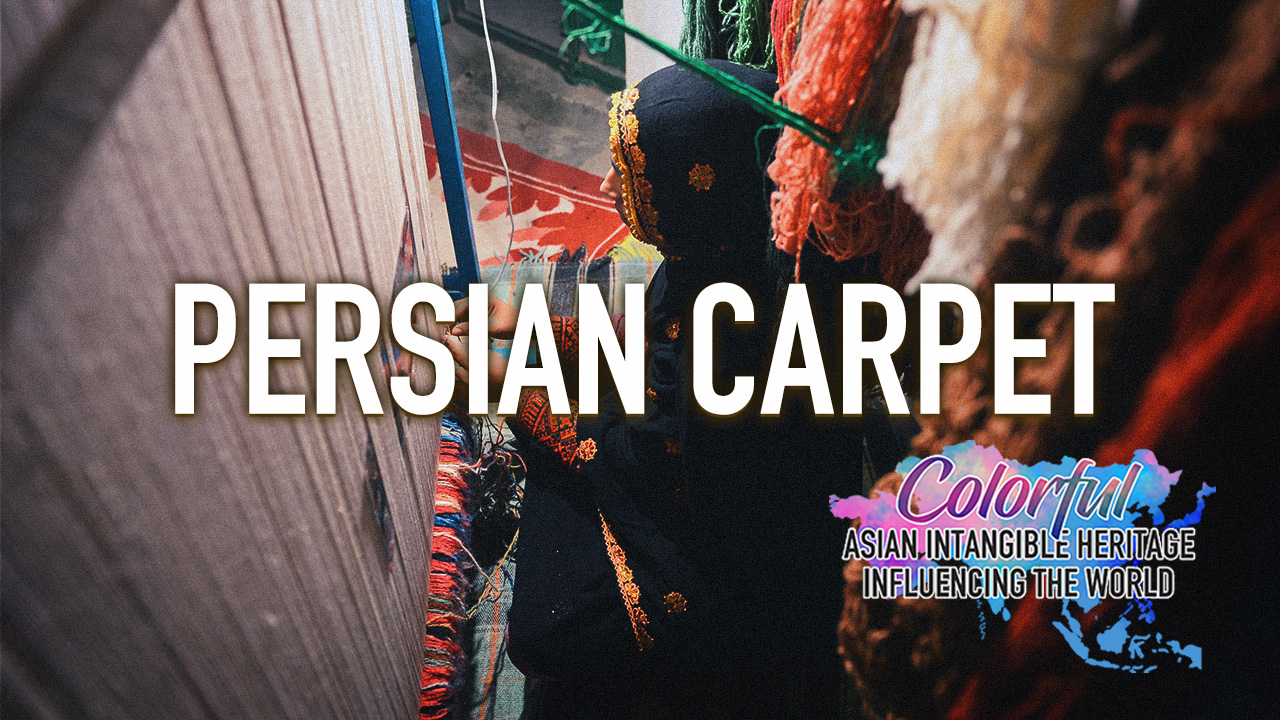
The Persian carpet is one of Iran's most famous handicrafts and its history dates back at least 2,500 years. It's a national treasure, and the colorful fabrics and needles carry historical significance and embody the extraordinary imagination of the artist.
There are many areas that produce these iconic carpets, such as Tabriz, Kerman, Mashhad, Isfahan, Nain, and Qom. But the weavers in Fars and Kashan are considered to be among the best. In 2010, the "traditional skills of carpet weaving" in Fars Province and Kashan were added to the UNESCO Intangible Cultural Heritage list.
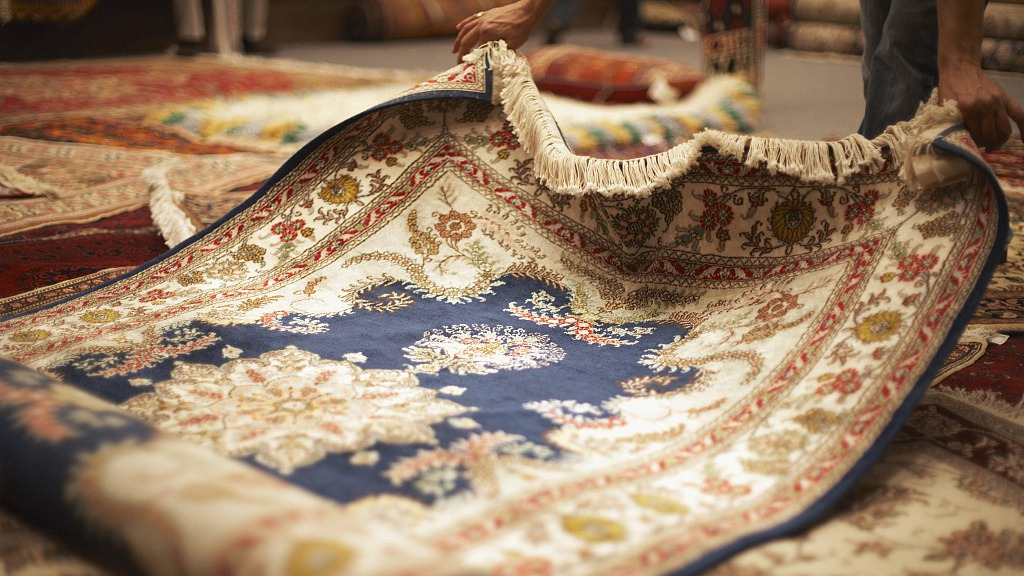
Persian carpets. /VCG Photo
Persian carpets. /VCG Photo
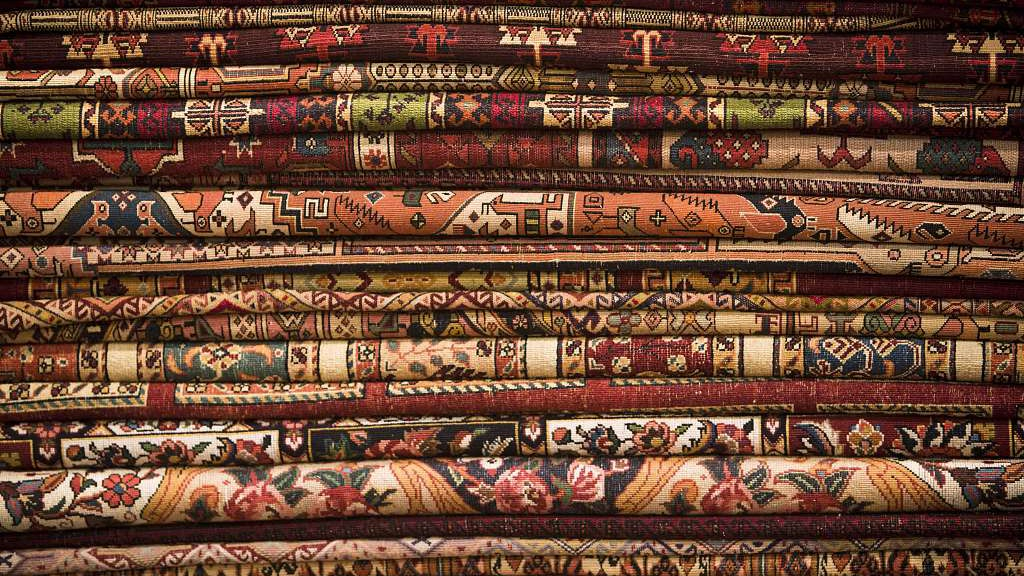
Persian carpets. /VCG Photo
Persian carpets. /VCG Photo
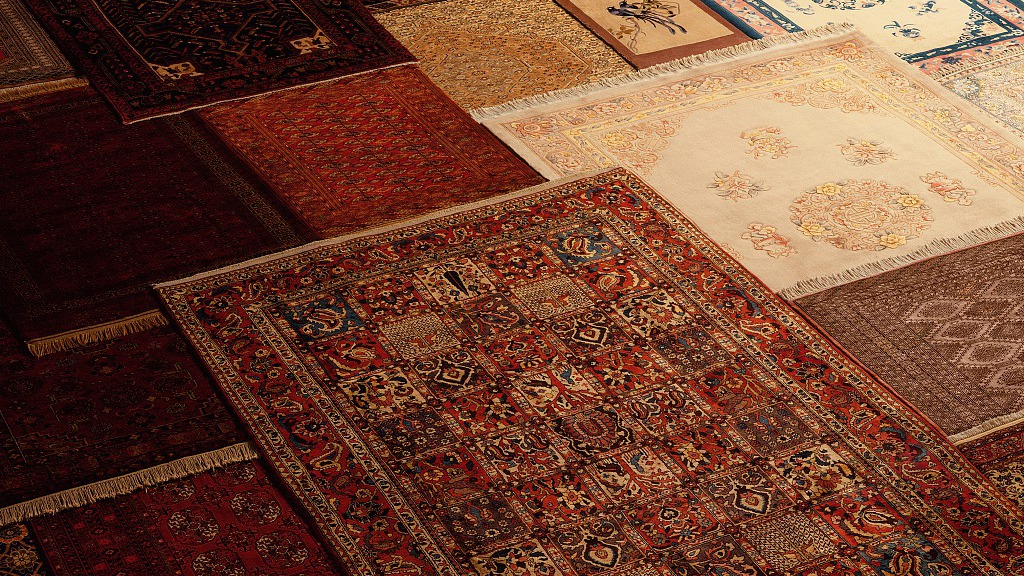
Persian carpets. /VCG Photo
Persian carpets. /VCG Photo
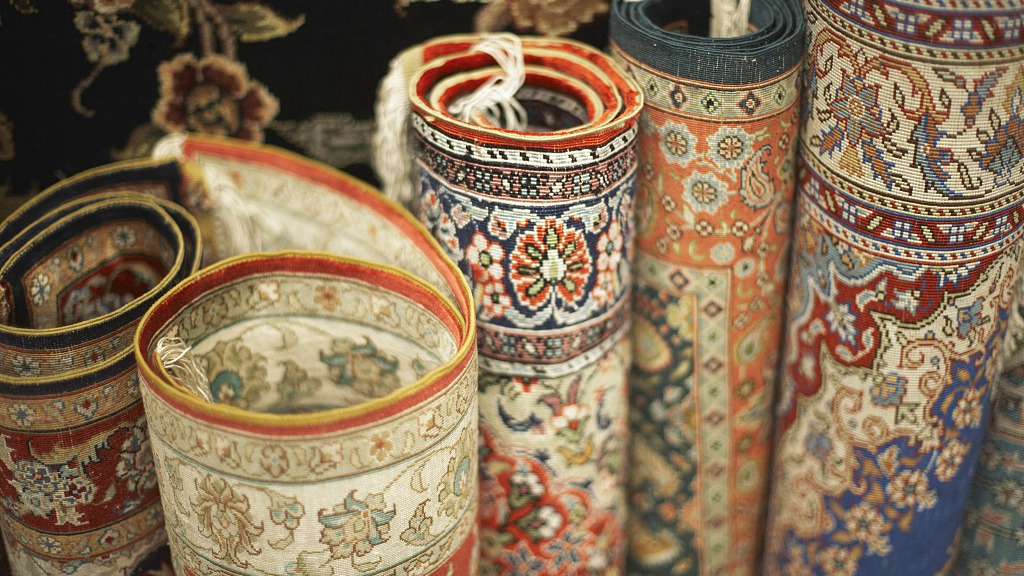
Persian carpets. /VCG Photo
Persian carpets. /VCG Photo
The main dyes used in Persian carpets are all natural, and locals make red, blue, brown and white dyes from madder, indigo, lettuce leaves, walnut peels, cherry stems or pomegranate peels. The men collect the wool, while the women design, color and knit the carpets with patterns showing themes of nomadic life. Since weavers freehand their creations, no two carpets are alike.
Kashan
Kashan, which sits 300 kilometers south of Iran's capital Tehran, has a long history of handwoven carpets that dates back to the 16th century.
The Kashan style of carpet is one of the oldest and finest on the market, and the city as long been a center of fine carpet making, with almost one-third of its residents involved in the industry.
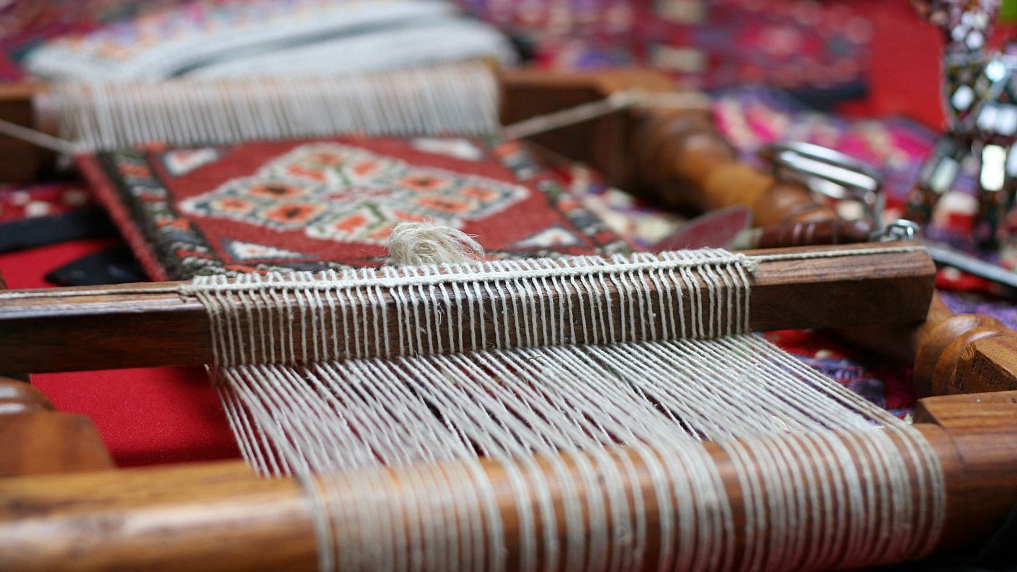
Handloom for Persian carpets. /VCG Photo
Handloom for Persian carpets. /VCG Photo
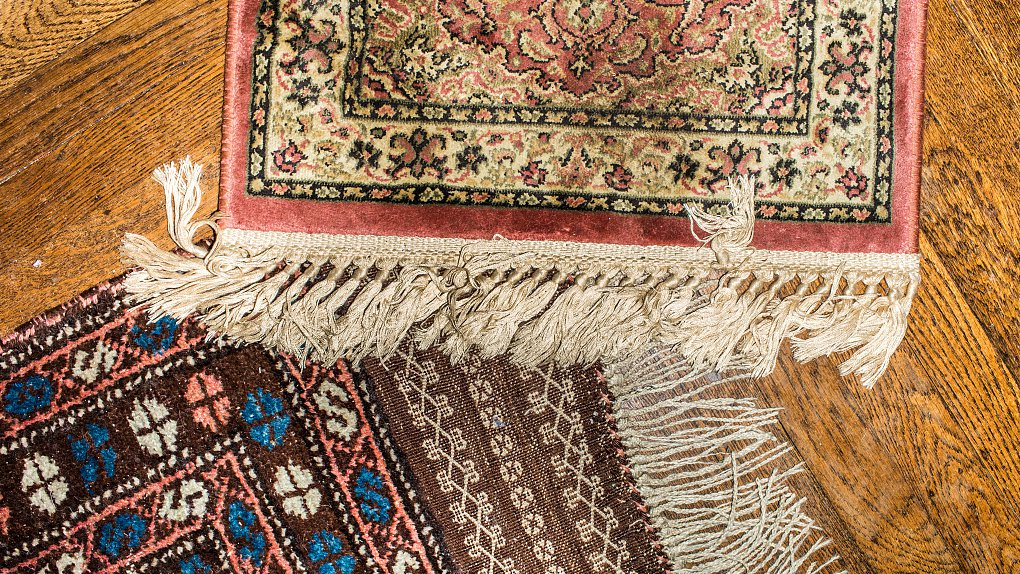
Persian carpets. /VCG Photo
Persian carpets. /VCG Photo
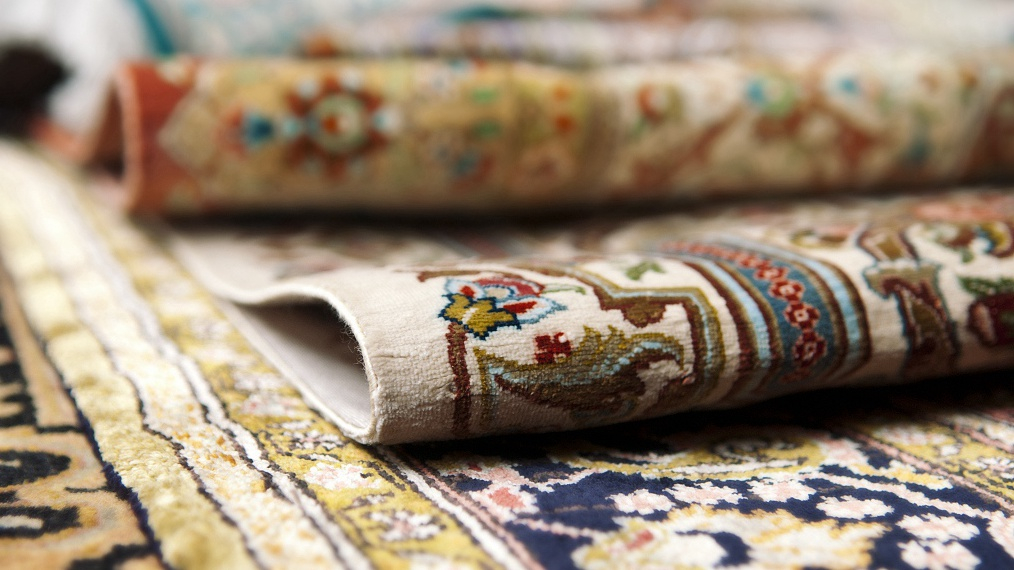
Persian carpets. /VCG Photo
Persian carpets. /VCG Photo
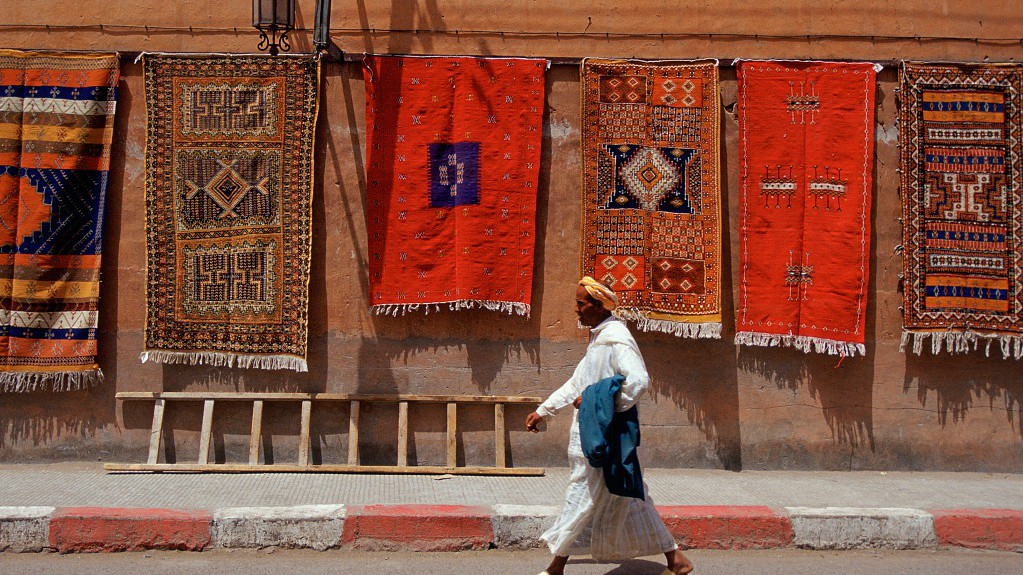
A person walked and passed by some Persian carpets. /VCG Photo
A person walked and passed by some Persian carpets. /VCG Photo
The process begins with the identification of patterns – usually flowers, leaves, animals, historical scenes and other elements.
The classic Kashan carpet features a diamond-shaped anemone pattern in traditional red and blue. Modern Kashan carpets also use beige, grayish blue and palm green.
In the 17th and 18th centuries, Kashan was designated as the workshop for weaving royal carpets. Some of the precious carpets made in Kashan have been collected by famous museums in the United States, UK, and Austria.
Fars
Fars province is to the southwest of Tehran. Similar to most Persian carpet styles, weavers use a freehand technique, using their minds to create intricate patterns with each stitch. According to the International Information and Networking Center for Intangible Cultural Heritage in the Asia-Pacific Region (ICHCAP), the knitting skills are passed down from mother to daughter.
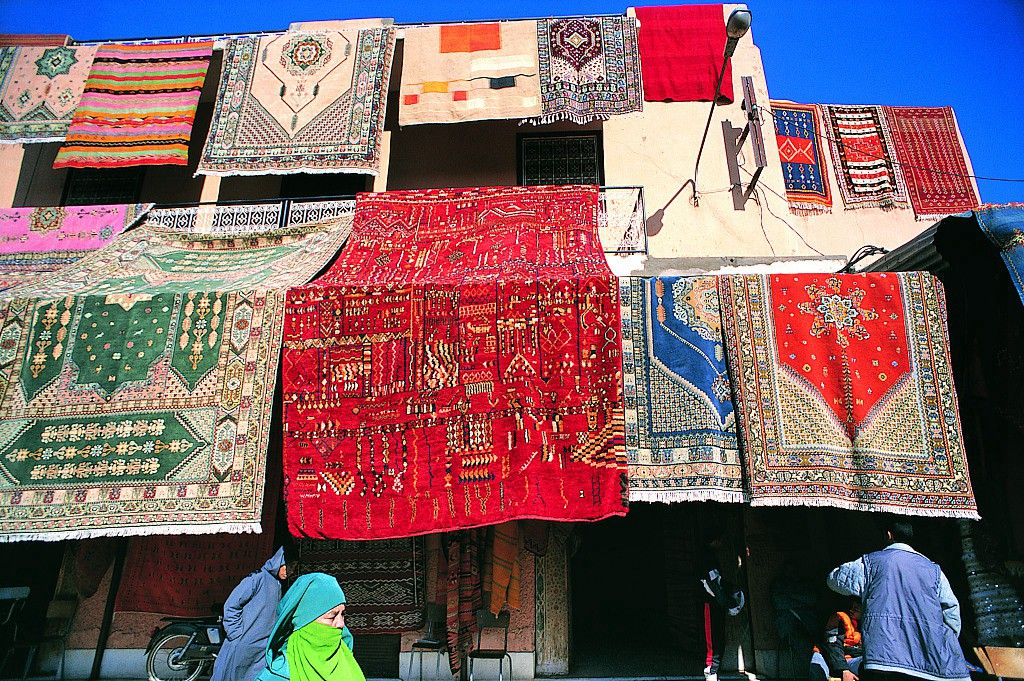
Persian carpets always have different design and patterns, and no two carpets are alike. /VCG Photo
Persian carpets always have different design and patterns, and no two carpets are alike. /VCG Photo
Having learned all about the materials and tools, the methods, colors and various weaving techniques, the next generation will infuse new innovations into the timeless art, and draw inspiration from nature and the world around them.
Persian carpets are also of high value in terms of job creation. Handwoven carpets, in particular, rank second among Iran's exports, guaranteeing the lives and work chances of more than eight million people. According to the Xinhua News Agency, Iran accounts for two-thirds of the world's hand-woven carpet exports.
Video Editor: Ding Zhiyang
Designer: Fan Chenxiao
Animation and special effect: Pan Yufei
Producer: Wen Yaru
Chief Editor: Lin Dongwei
Supervisor: Pang Xinhua

SITEMAP
Copyright © 2018 CGTN. Beijing ICP prepared NO.16065310-3
Copyright © 2018 CGTN. Beijing ICP prepared NO.16065310-3